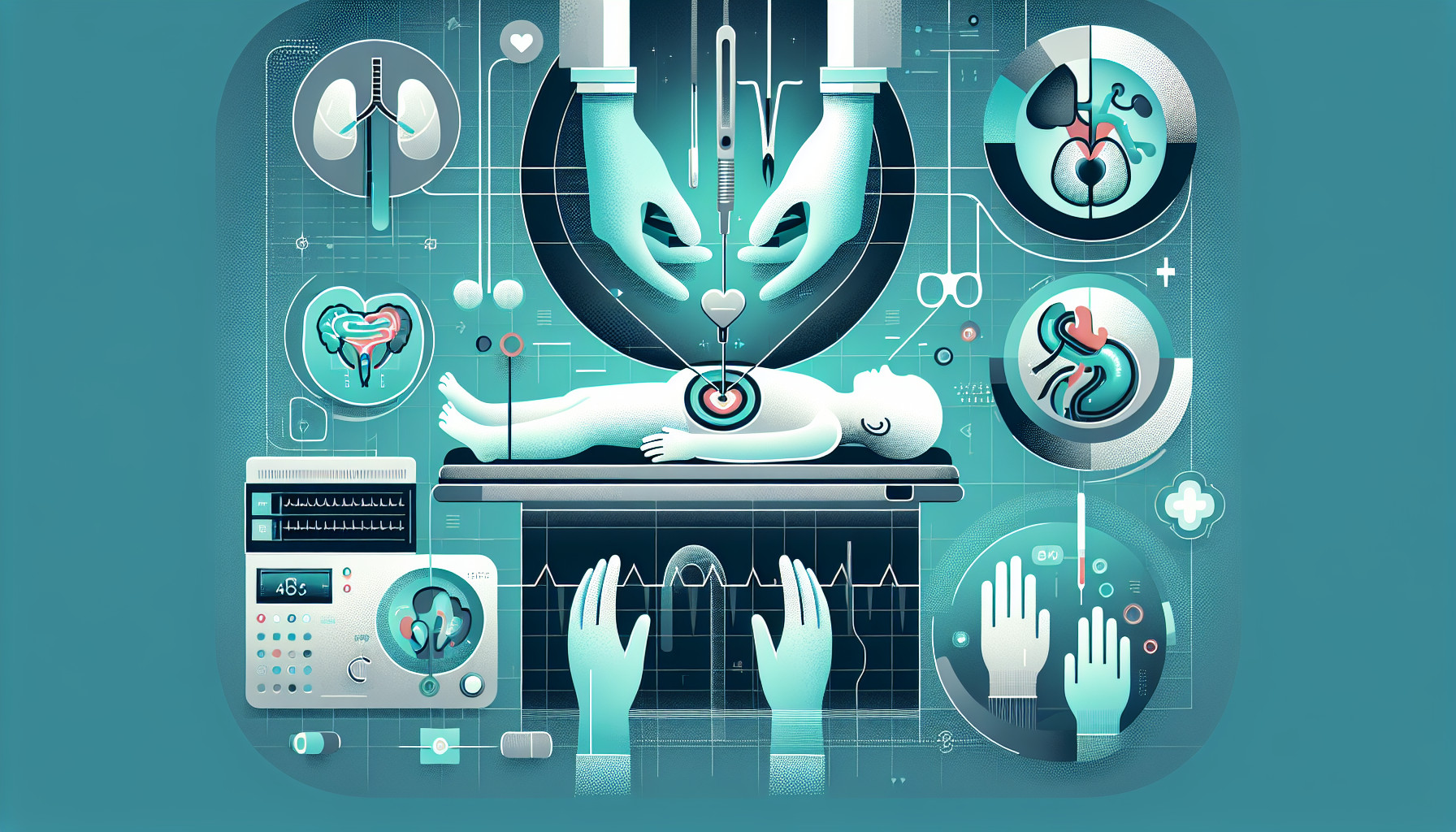Our Summary
This study was conducted to compare different ways of fixing a kind of hernia (when an organ pushes through an opening in the muscle or tissue that holds it in place) in children, using a minimally invasive method called laparoscopy. The researchers used guinea pigs for the study. They divided the guinea pigs into four groups, each receiving a different type of hernia repair.
After letting the guinea pigs heal for six weeks, the researchers examined the repair work. They found that the type of repair that involved detailed examination and division of the hernia sack, combined with a specific type of stitching (called intracorporeal suture), had the best results. This method seemed to be the best at mimicking the traditional, more invasive method of fixing the hernia.
There were no complications during or after the operations. The researchers concluded that the detailed dissection and division method, combined with the specific type of stitching, is the most effective way to fix this kind of hernia in children.
FAQs
- What method did the study find most effective for pediatric hernia repair?
- Did the study encounter any complications during or after the operations?
- What is the advantage of the detailed dissection and division method combined with specific type of stitching in hernia repair?
Doctor’s Tip
A helpful tip a doctor might tell a patient about pediatric hernia repair is to ask about the specific techniques and methods that will be used during the procedure. It’s important to discuss with your doctor the benefits of minimally invasive methods like laparoscopy, as well as any potential risks or complications. By understanding the details of the procedure, you can feel more confident in the treatment plan and ensure the best possible outcome for your child.
Suitable For
Pediatric patients who have hernias are typically recommended for pediatric hernia repair. This study specifically focused on comparing different methods of fixing hernias in children using laparoscopy, a minimally invasive approach. The findings of the study suggested that a detailed dissection and division of the hernia sack, along with a specific type of stitching, yielded the best results in terms of effectiveness and mimicking the traditional, more invasive method of hernia repair. Overall, this study provides valuable insights for healthcare providers when recommending pediatric hernia repair for their patients.
Timeline
Before pediatric hernia repair:
- The patient may experience symptoms of a hernia, such as a bulge or swelling in the abdomen or groin area.
- The patient undergoes a physical examination by a healthcare provider to diagnose the hernia.
- Pre-operative tests, such as blood work and imaging studies, may be ordered to assess the hernia and the patient’s overall health.
- The patient and their family meet with the surgeon to discuss the procedure, potential risks, and recovery process.
After pediatric hernia repair:
- The patient undergoes the hernia repair surgery, which may be done using laparoscopy or traditional open surgery.
- The patient is monitored in the recovery room and then transferred to a hospital room for observation.
- Pain medication and instructions for post-operative care are provided to the patient and their family.
- The patient may experience some discomfort, swelling, and bruising in the surgical area.
- Follow-up appointments are scheduled to monitor the patient’s healing progress and address any concerns.
- The patient gradually resumes normal activities as they recover from the surgery.
What to Ask Your Doctor
- What type of hernia repair procedure do you recommend for my child’s specific case?
- What are the potential risks and complications associated with pediatric hernia repair surgery?
- How long is the recovery period after pediatric hernia repair surgery?
- Will my child need to stay overnight in the hospital after the surgery?
- Are there any restrictions or limitations on activities that my child should follow after the surgery?
- How often will my child need follow-up appointments after the surgery?
- What signs or symptoms should I watch for that may indicate a complication after the surgery?
- How long will it take for my child to fully recover and return to normal activities?
- Are there any lifestyle changes or modifications that my child should make to prevent a hernia from recurring in the future?
- Are there any alternative treatment options to consider for pediatric hernia repair?
Reference
Authors: Mora MC, Bittner KR, Wong KE, Moriarty KP, Tashjian DB, Tirabassi MV. Journal: J Laparoendosc Adv Surg Tech A. 2017 Jun;27(6):639-644. doi: 10.1089/lap.2016.0486. Epub 2016 Dec 20. PMID: 27996372
